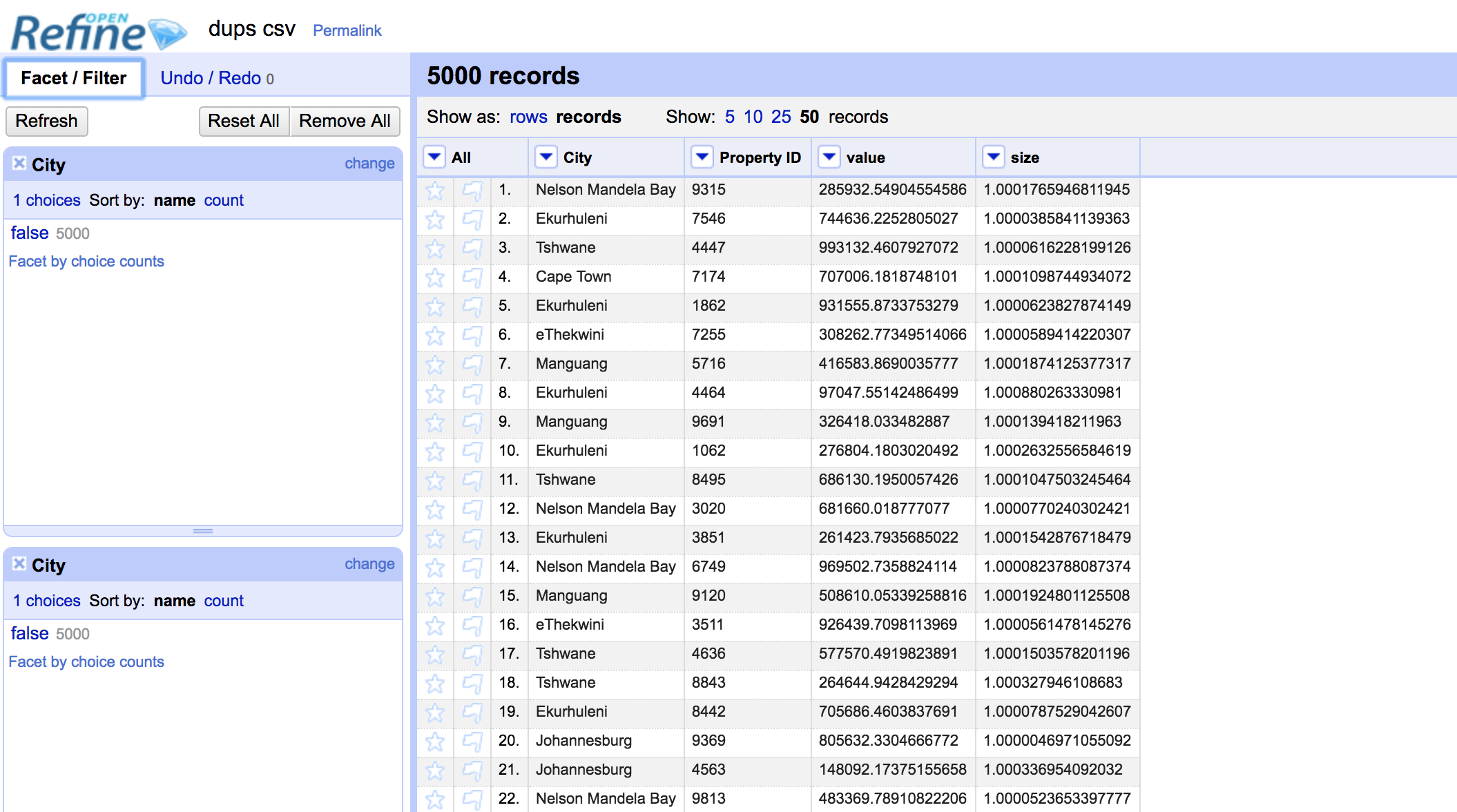We all have stories to tell, and we all use data to tell our stories. Whether it’s highlighting excessive expenditure on fast foods in our household budget, or the story we tell our employers when building a case for a pay increase. It could be the story we tell our colleagues about organisational or departmental performance, or even the stories we wish to blog about concerning issues that plague our communities.
There is a very good reason why we naturally use data in all of our storytelling - research shows us that stories which use data are more memorable and impactful. The right hemisphere of our brain is triggered emotionally through storytelling, and these triggers help us remember what we have been told. The left, rational hemisphere of our brain is triggered by the data in the stories that we are told, and creates impact, leading us to react based on what we have heard.
Bearing the power of storytelling in mind, it’s easy to see how ethical dilemmas can unfold where we may find ourselves tempted to misrepresent the facts. We need to constantly monitor ourselves for any confirmation bias, which comes about when we collect, process, analyse and present data in such a way as to confirm what we already believe.
Data might be factual but it can be manipulated. For example, a less than reputable public relations company may manipulate data in order to make their client look better. Verification of your data source is equally important - quoting data without verification is not just irresponsible in an era of fake news, but also risky.
These are just some of the reasons why data journalism is a good model for storytelling with data. The tools journalism uses, such as fact-checking, reporting, and upholding a set of ethics, creates a safety net that takes the risks of working with data into account.
At OpenUp we teach that if you find an angle in your data that jumps out as an exciting scoop - go back and fact check, fact check and fact check again. Ensure that you make notes of your process so that you can follow that trail back to your original dataset. Make sure to double-check all your steps and your calculations. You have probably made a mistake. It’s critical that you are confident in your calculations, and that you are comfortable linking the original dataset, as well as your methodology. This allows your audience to replicate your process in order to verify your findings for themselves.
To learn more, check out our short courses or contact us at training@openup.org.za. We are planning an open intake of our Introduction to Data Storytelling course for mid- to end-September, so apply here if you would like to attend.





